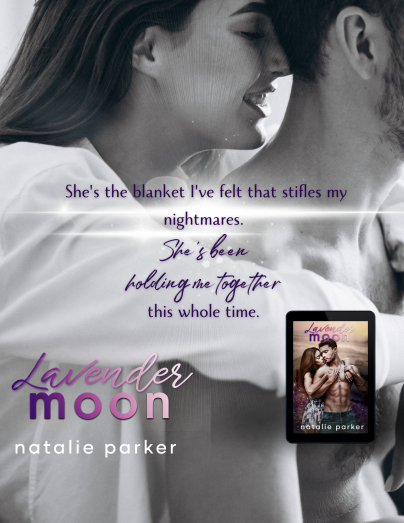News & reviews for the fiction lover in us all!
Writing the "Perfect" Chapter
You've done the world-building. You've outlined your story. You've tucked into writing. You know a story unfolds little by little, chapter by chapter, but what actually goes into a chapter? How do you know if your chapter is “complete” or even “good"?
I get asked a lot about this topic. Even questions that aren't explicitly about chapters – like how to make a good outline – will have answers that come back to a fundamental understanding of chapters, their structure, and how they progress the overall narrative. When you understand the parts of your story and how they make the plot go, then you'll have an easier time converting an idea into an actual novel.
Now, if you know me, you know I have a sort of disclaimer whenever I give any kind of advice… The following are tips, tricks, and components I've found to be helpful. Things I believe can help make a good chapter. There are a lot of ways to tell a story, and as I always say, read on, find what you find helpful, take it, and leave the rest. Not everyone will agree with every process or approach, and that’s okay! Find yours.
Despite my click bait title for this article… I really don't think there's one single way to make a perfect chapter. I think the best chapter depends on the story being told. It's one that makes the plot move in a compelling way for the reader.
PRIMARY COMPONENTS
The best way I've found to think about chapters is to approach them like miniature versions of your novel. All the best practices and principles you applied to thinking about your story and planning it out, apply to thinking about a chapter.
In a well written chapter, you're going to have:
An opening that sets the stakes and goals.
A primary conflict that challenges those stakes and goals.
A resolution to that conflict that changes the character's circumstances for better or worse.
Unlike your novel where these stakes, goals, conflict, and resolution are major events that need to take a great amount of time to work through, chapter stakes, goals, conflict, and resolution are smaller. They're digestible in a few hundred to a few thousand words.
OPENING/SETTING THE STAKES & GOALS
It is well known in writing that without stakes, there can be no tension. Without tension there is no momentum to your story, and no reason for the reader to stay engaged.
Some tips while thinking about stakes for your main character (or the character whose POV a particular chapter is from) include:
Read the entire article in the October 2022 issue of InD'Tale magazine.
You can just click on the magazine image on the left hand side of our home page to open and enjoy!
OR
If you would like to receive the magazine every month (for FREE!) , just sign up on our home page. Once you do, an e-mail validation notice will be sent directly to you. Just open and click the link and you're in - forever! Each month the magazine will be delivered directly to your inbox to downlad and read!




